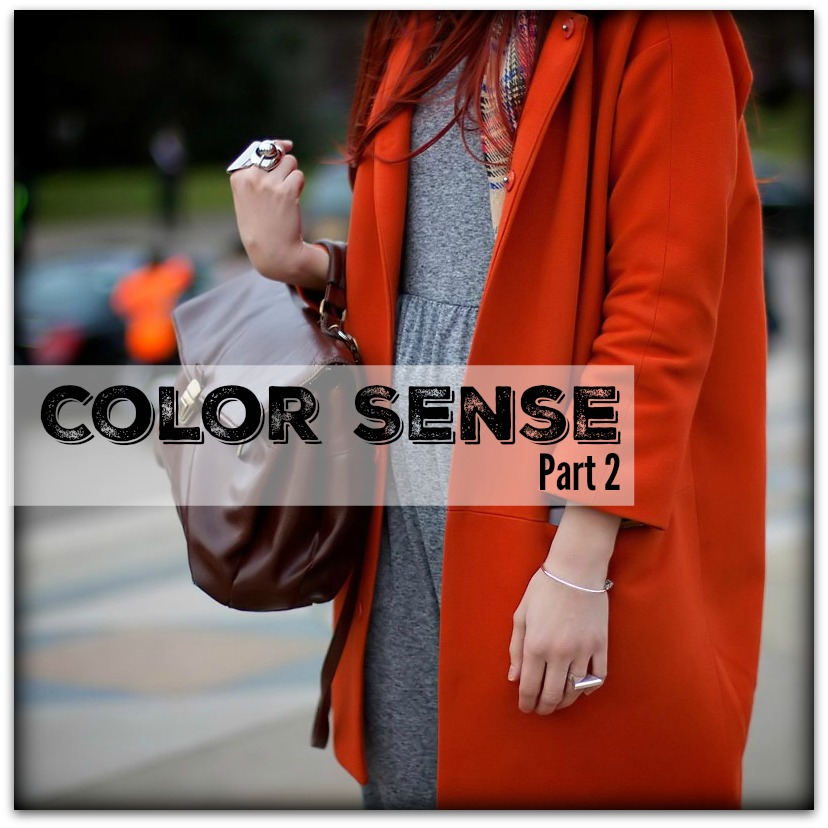
At some point, most of us come to the realization that the colors wear have an affect how we look, feel and how others react to us. Colors that compliment our skin, eye and hair color boost how healthy and vibrant we appear and can magically turn back the clock a few years by giving us a more youthful glow.
Following on from part 1, this time I want to talk about ‘Color Contrast.’
While a color analysis provides valuable information for selecting the colors that work best for you, there are other important aspects of color coordination within your range of best colors that is seldom taught.
To start, contrast is created when two or more colors are placed next to each other.
There are three contrast levels:
- High: bright, loud, vivid contrast that makes you say ‘WOW.’
- Medium: two or more colors where a mix of light and dark is seen.
- Low: a mix of colors which are similar depth to each other and seem to blend together.
Each contrast level affects:
- how well a garment reacts with the contrast between your hair, eyes and skin.
- the perception of the size of the area over which the garment is being worn,
- your image when wearing the contrast level.
Focus is naturally drawn to contrast. Once understood contrast can be used to:
- highlight or hide an area of your body,
- make a visual statement or blend in and observe,
- be taken seriously, remembered and listen to, or be overlooked or discounted.
Each contrast level can be created in the following ways:
- between colors within a pattern or print
- between garments when layering
- between a solid colored garment and your skin.
Skin Deep
Also worth noting is that a person’s skin coloring dictated which colors are high, medium or low contrast. Notice Isha in the burnt orange jacket below (low contrast) and Katie in the oatmeal colored dress, also low contrast. If we placed the orange jacket on Katie, the contrast would be medium. Alternatively, if we swapped Katie’s oatmeal dress onto Isha it too would be medium contrast.
Top Row: Isha Sesay Bottom Row: Katie Couric
High Contrast
High contrast is created when two colors combine to create a very bright combination – one that causes others to say or think ‘WOW.’ It may be a dark color with a bright color or two bright colors together i.e. purple and yellow.
High contrast is best worn by individuals who have a medium to high color contrast between their hair, skin and eyes, as well as bright looking eyes and skin (tends to be combination to oily). These color groups are:
- Bright Winter / Cool, Clear,
- Cool Winter / Cool and Clear,
- Bright Spring / Warm, Clear and Bright.
- Deep Winter / Cool, Clear and Dark
Women with a low contrast will find that high contrast clothing will be so bold that the garment, not they will be the center of attention – see >40% model below.
Depending on the pattern and the colors used, the psychological effect this combination produces is one of power, authority, flamboyance, creativity or eccentricity. High contrast combinations are generally worn by confident, outgoing people and while the look will certainly get you noticed, it is not necessarily one that is approachable or people friendly. Often people will stand back and observe you for a while before deciding if you are someone they feel comfortable approaching. This contrast level is most effective at times when you need authority or to stand out and be noticed. Not recommended for job interviews or situations when you need to win people over to your idea or side of the argument.
High contrast exaggerates all pattern sizes, especially those that are medium to large.
High contrast also highlights the area to where it is applied; drawing attention to it and visually advancing the area making it appear larger. Therefore, it’s best worn over the smallest area of your body.
When layering, to be able to pull-off high contrast without blinding anyone keep the high contrast color less than 40% of the color seen – see <40% and >40% images below.
Medium Contrast
Medium contrast is created when various color depths are combined that are easy on the eye and harmonious.
It is a contrast level suits all individuals regardless of personal coloring or ethnicity.
The psychological effect this combination produces is one of confidence, professionalism, appropriateness. Medium contrast attracts attention in an approachable and people friendly manner. The look inspires others to notice, remember, listen to and taken you seriously. It is appropriate for all situations, locations, and occasions.
Patterns of medium contrast are best placed over the smallest parts of your body. When placed over an area that is large be sure to choose the opposing garment in dark color from the pattern as this will draw the attention away from the larger area and visually elongate and slim your silhouette.
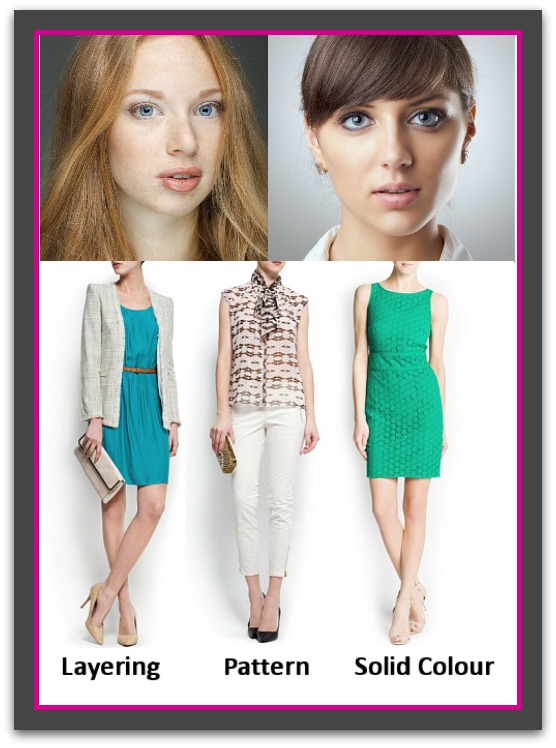
Low Contrast
Low contrast is when colors of similar value (color depth) are combined. This contrast level is easy on the eye.
This contrast levels best suits individuals who have a similar contrast level between their skin, hair, and eyes plus a matte appearance to their skin.
These color groups are:
- Soft Summer / Cool, Muted and Soft
- Soft Autumn / Warm, Muted and Soft
On brighter individuals this combination may appear boring, drain them of color and be aging.
The psychological effect this combination produces is one of innocence, subtleness, and passivity. Low contrast while people friendly and elegant, is also almost invisible to others (especially in light combinations) and the wearer will need to either have already established their authority and position or else will struggle to be noticed, listened to or remembered. Give these facts low contrast is best left for after work hours.
Low contrast patterns are the easiest to wear even when the pattern size is large. This is because the subtly of the colors does little to increase apparent size. However, I would still recommend that if you wear the pattern on the largest part of your body that you select a color from the pattern for the opposing part of your body to ensure the sleekest silhouette.
Light, low contrast combinations are great for weekend wear and endows the wearer with casual elegance. Dark low contrast combinations create a evening elegance that is hard to beat.
If you enjoyed this week’s feature
please like it on Facebook or Instagram
or leave a comment/question below.
Thank you.
Ann Reinten AICI CIP
Author

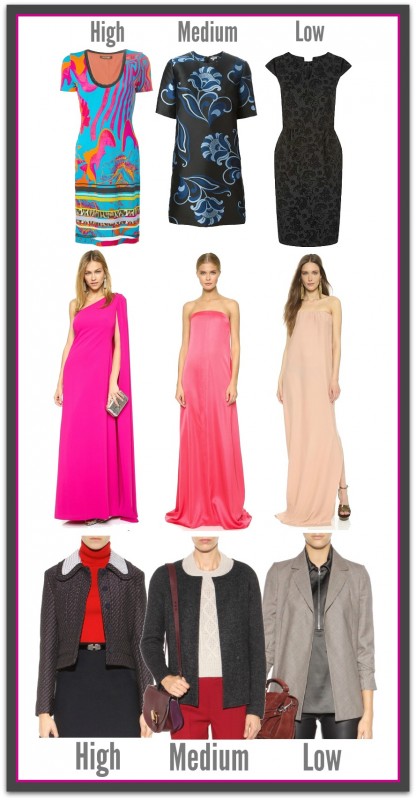
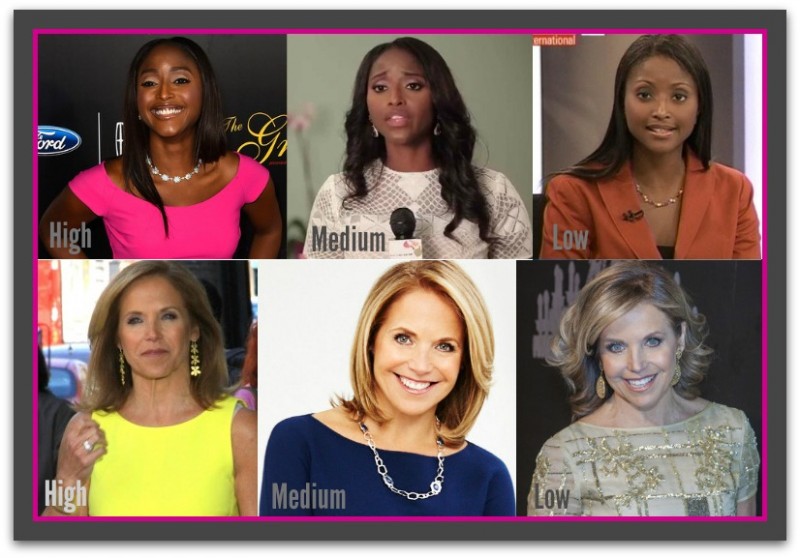
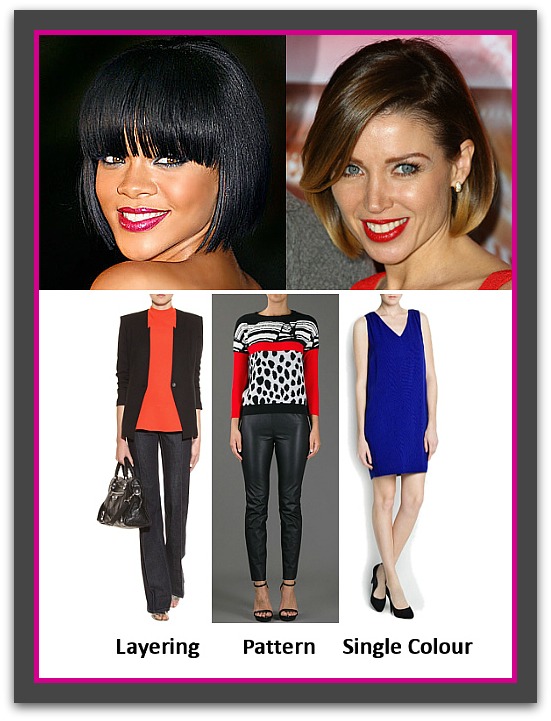
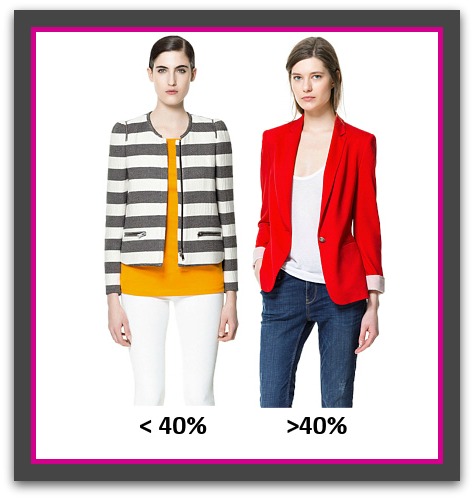
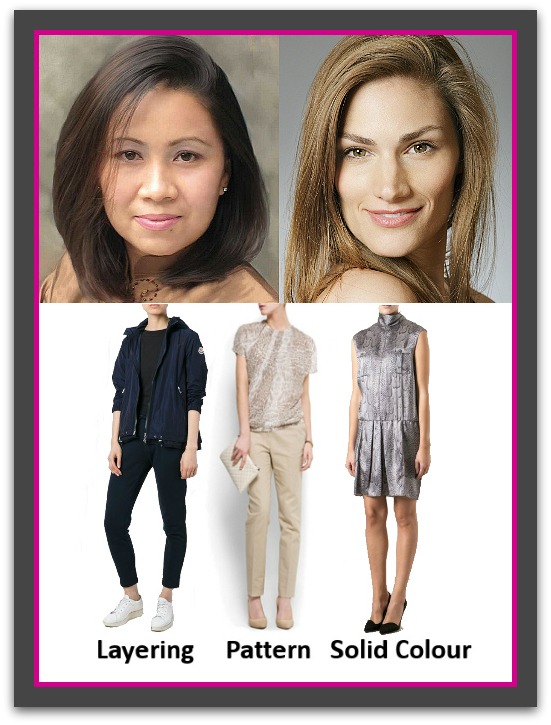

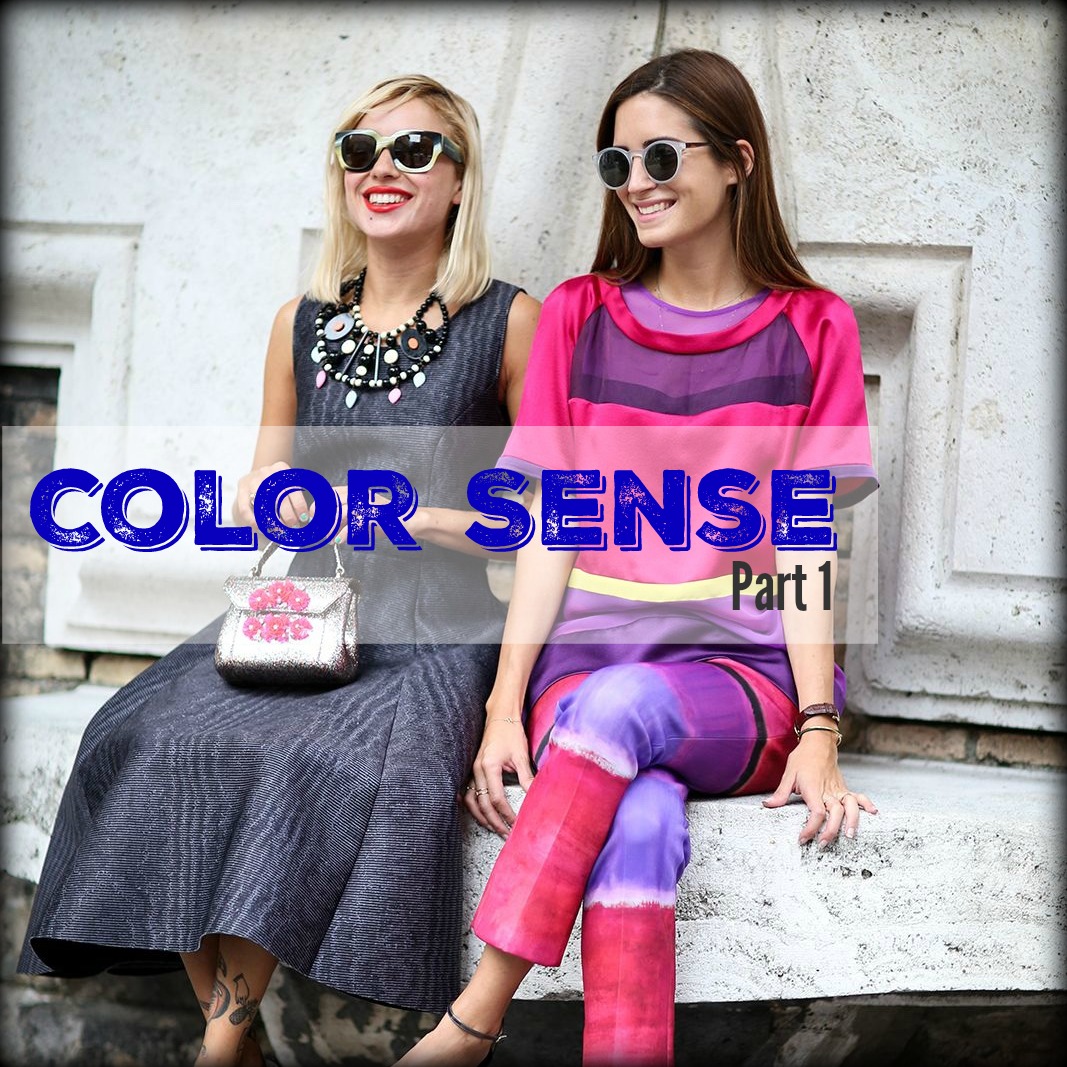
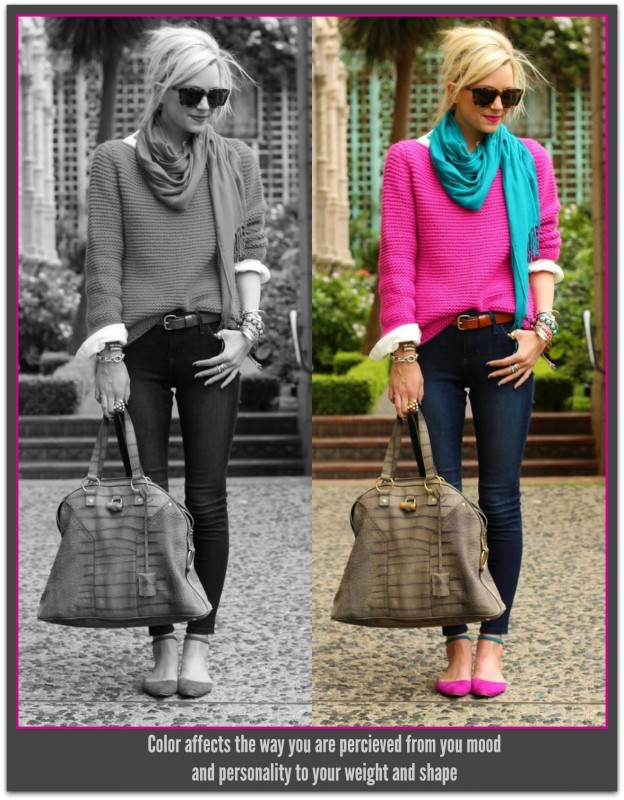

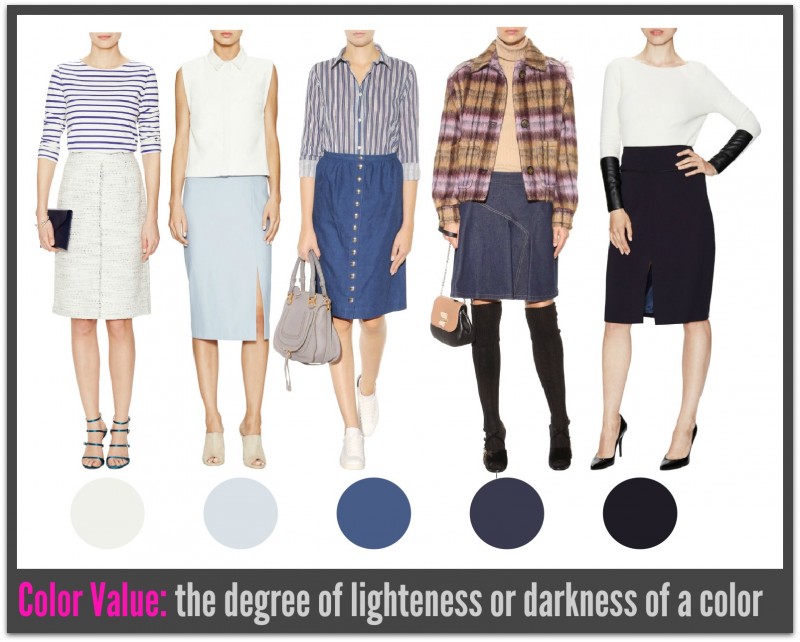
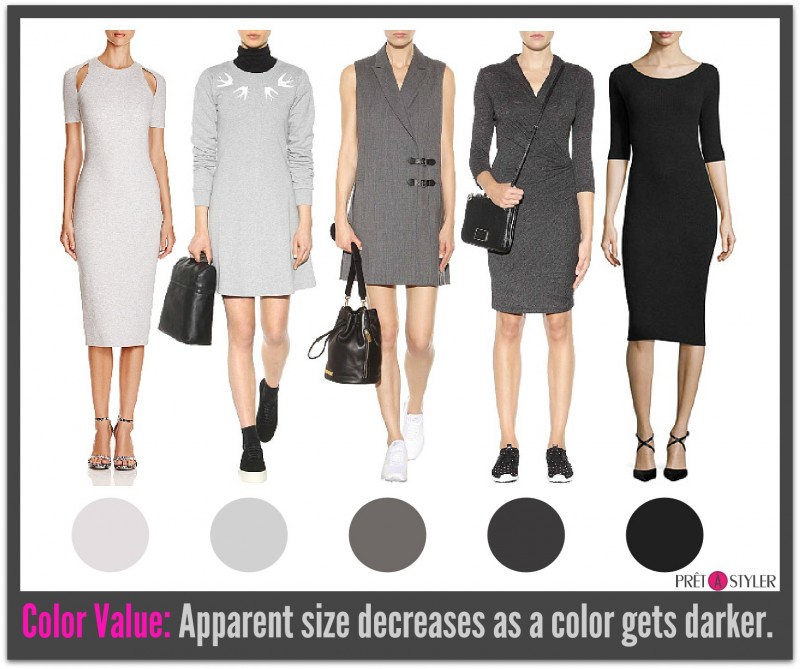
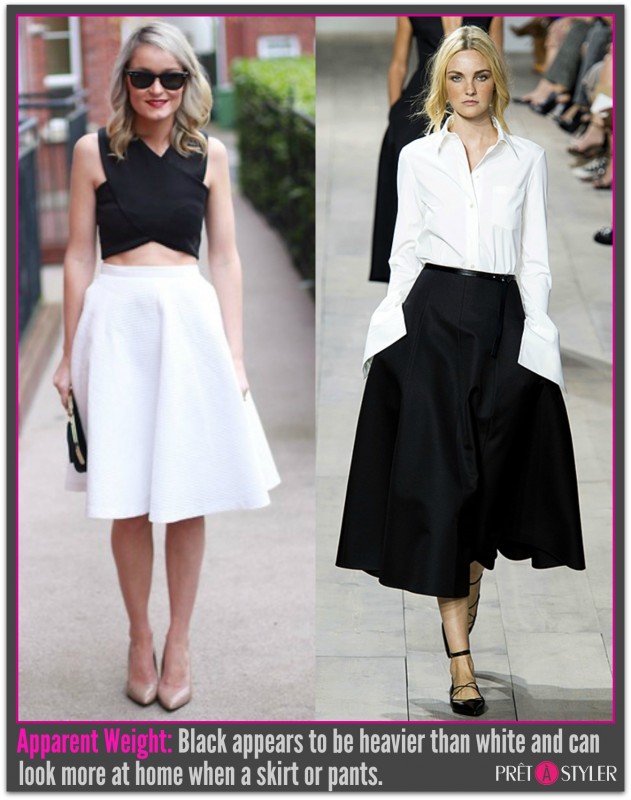
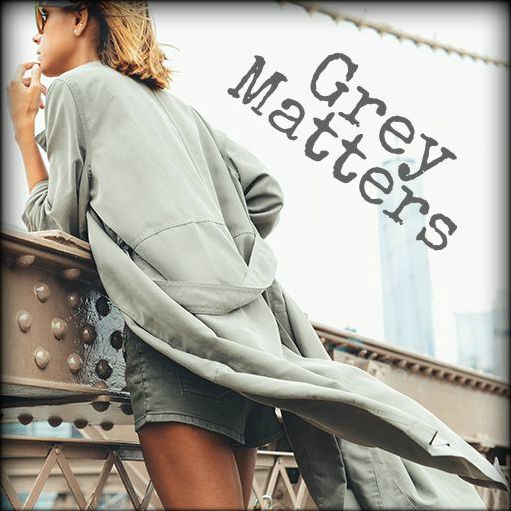
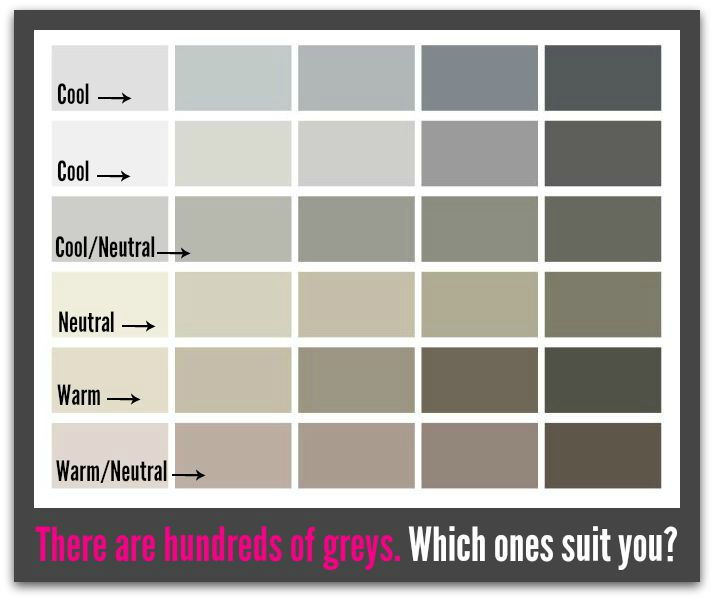
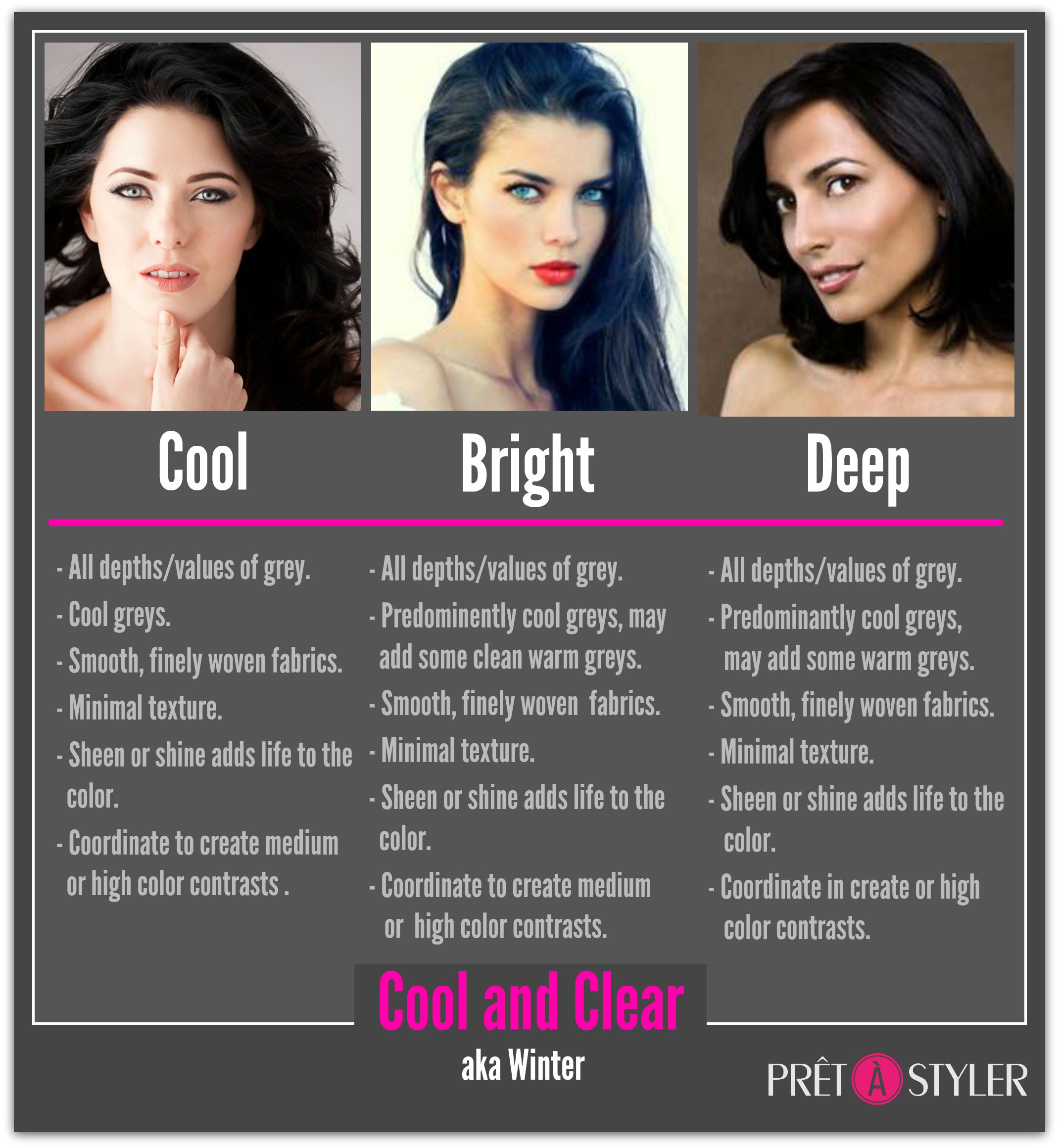
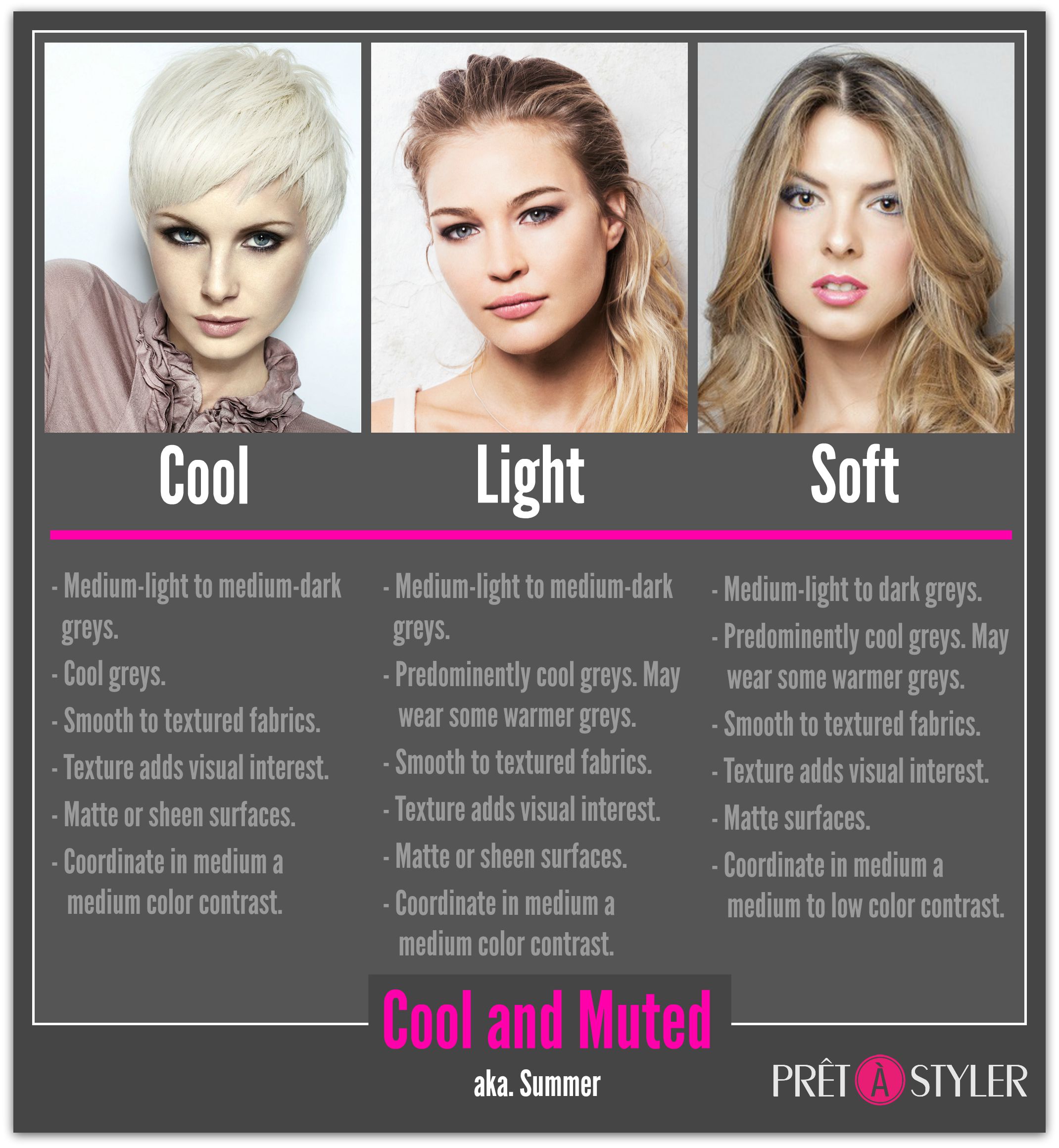
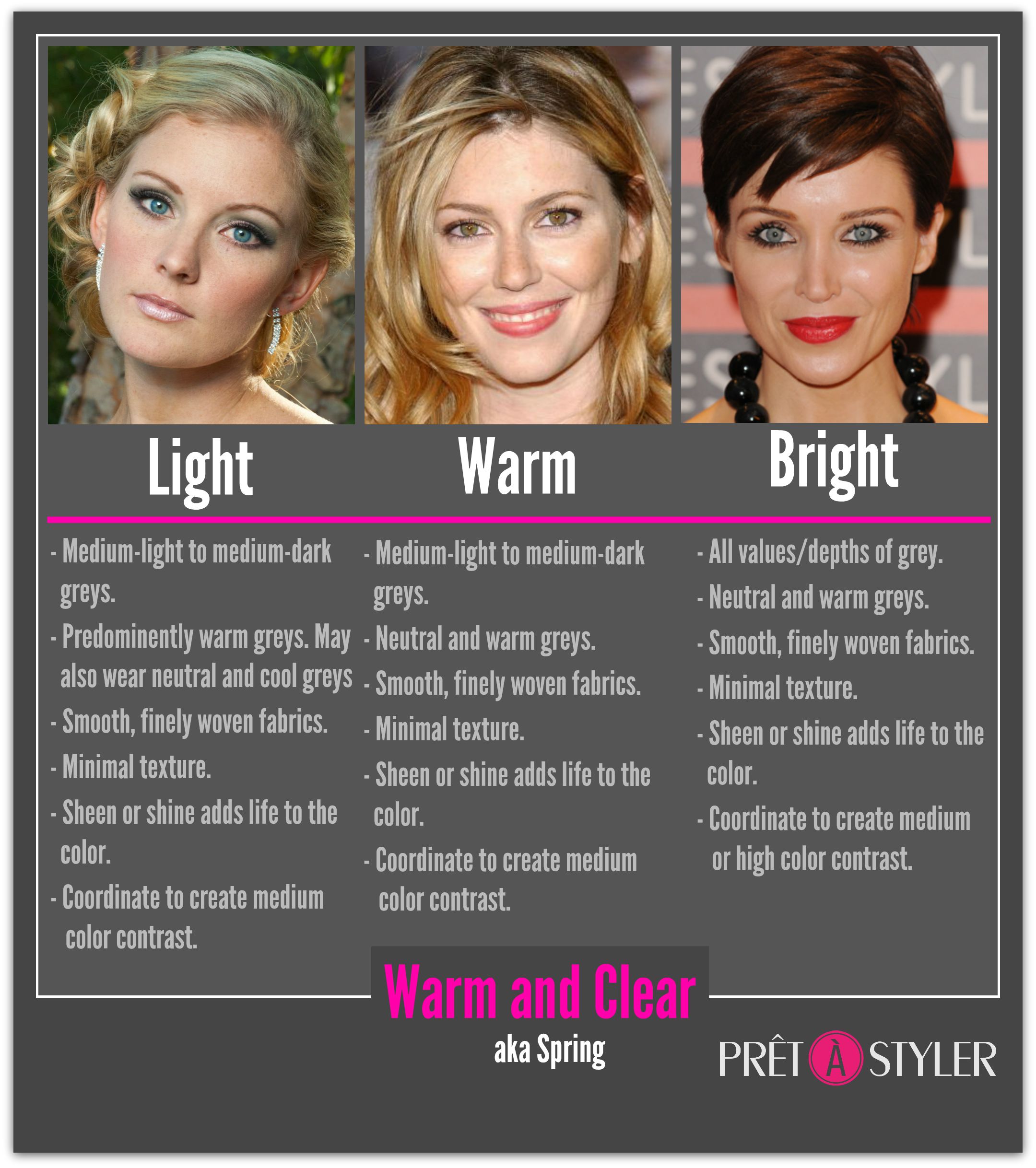
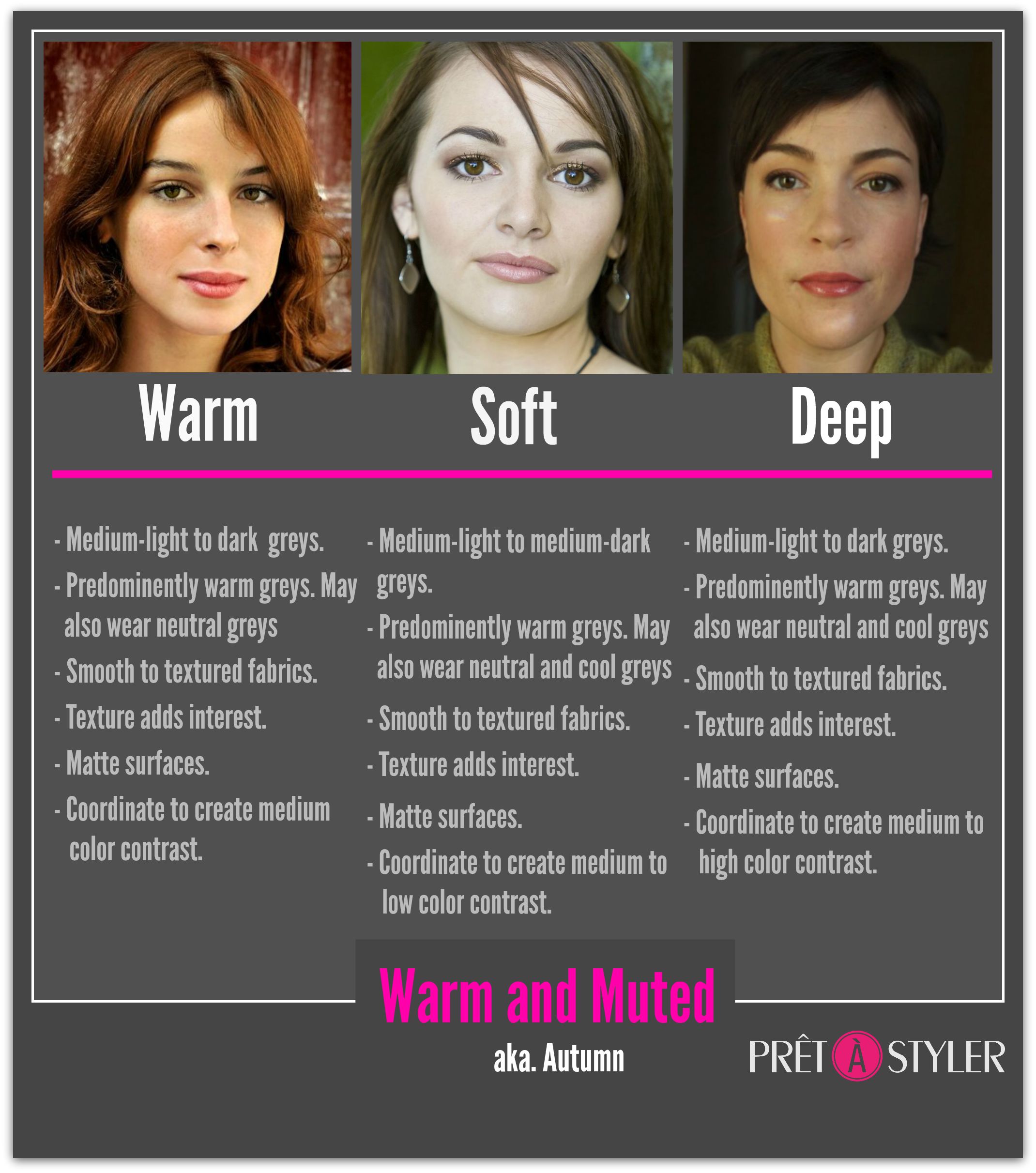
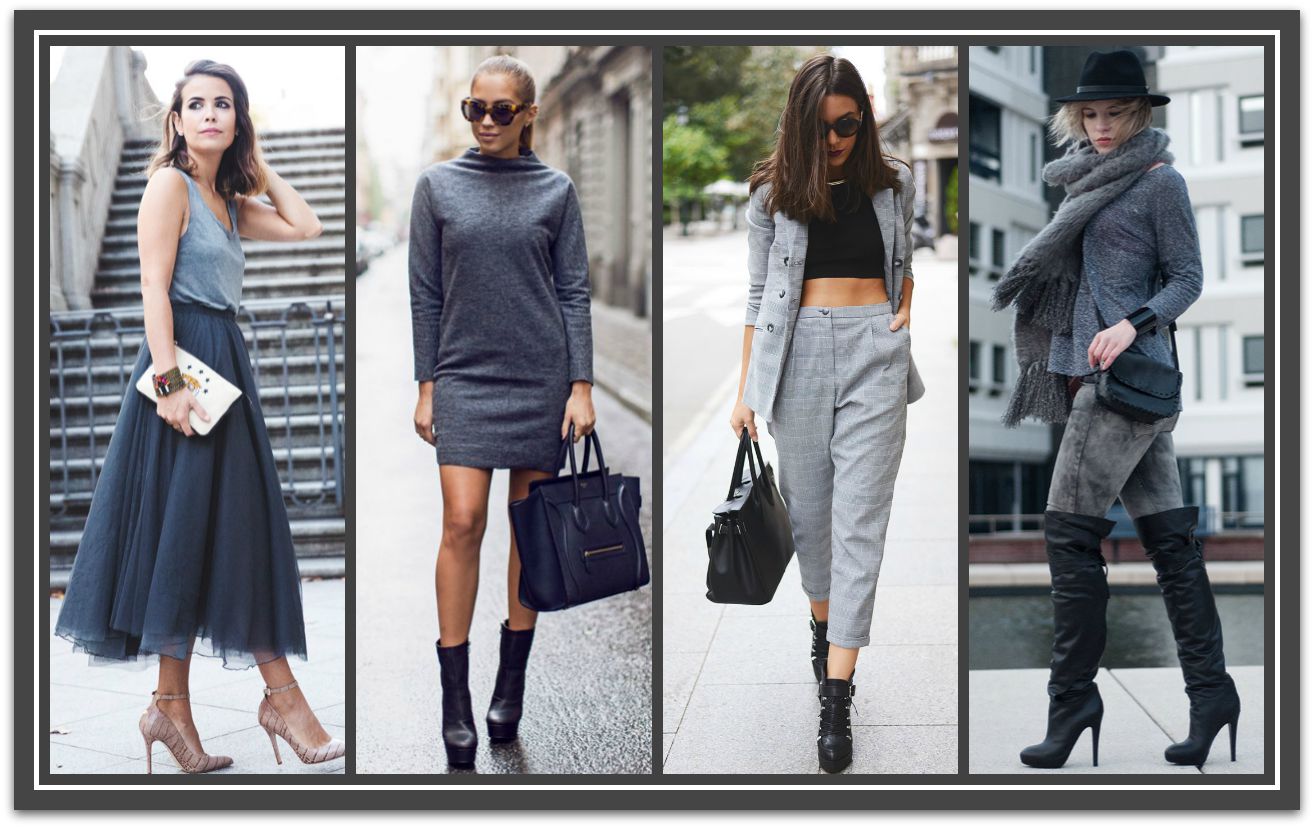
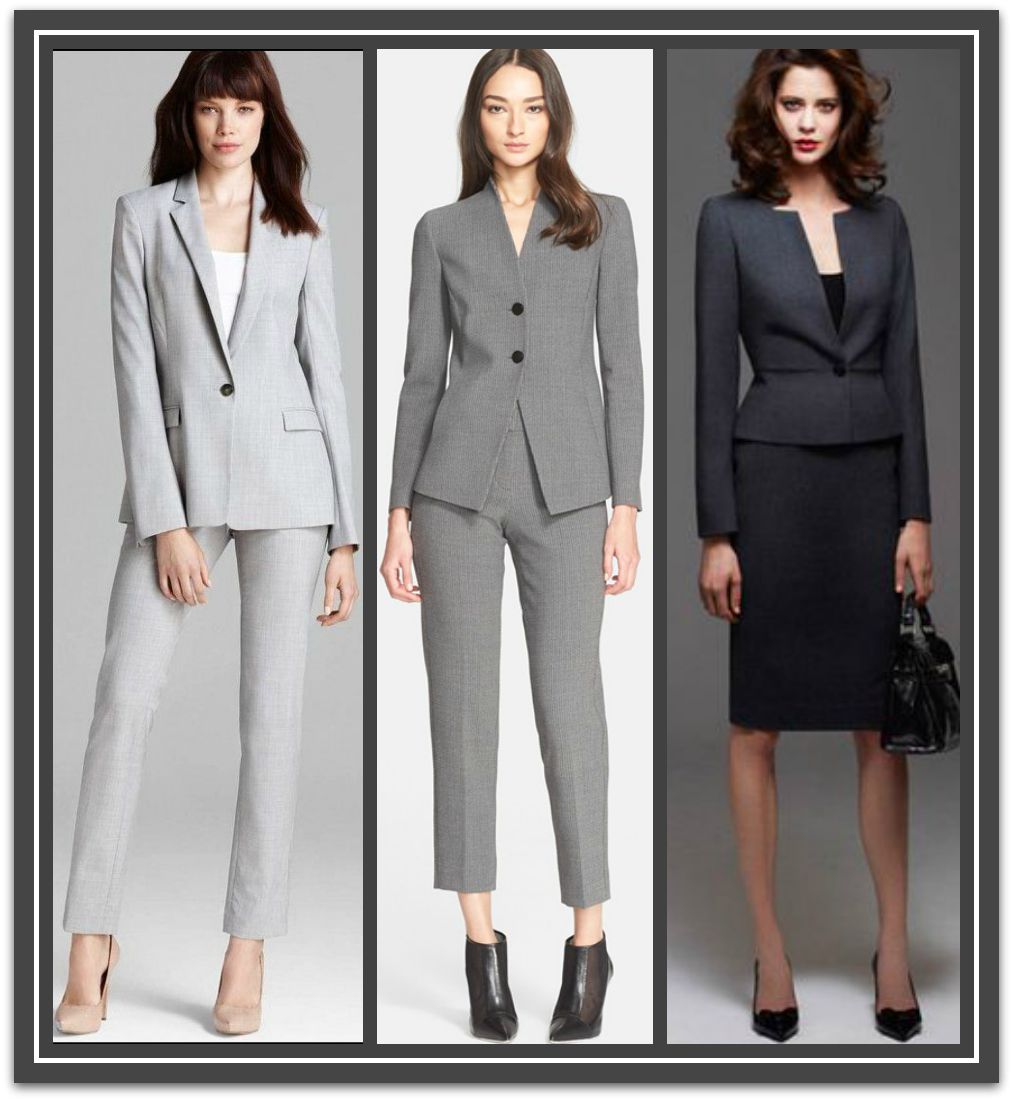
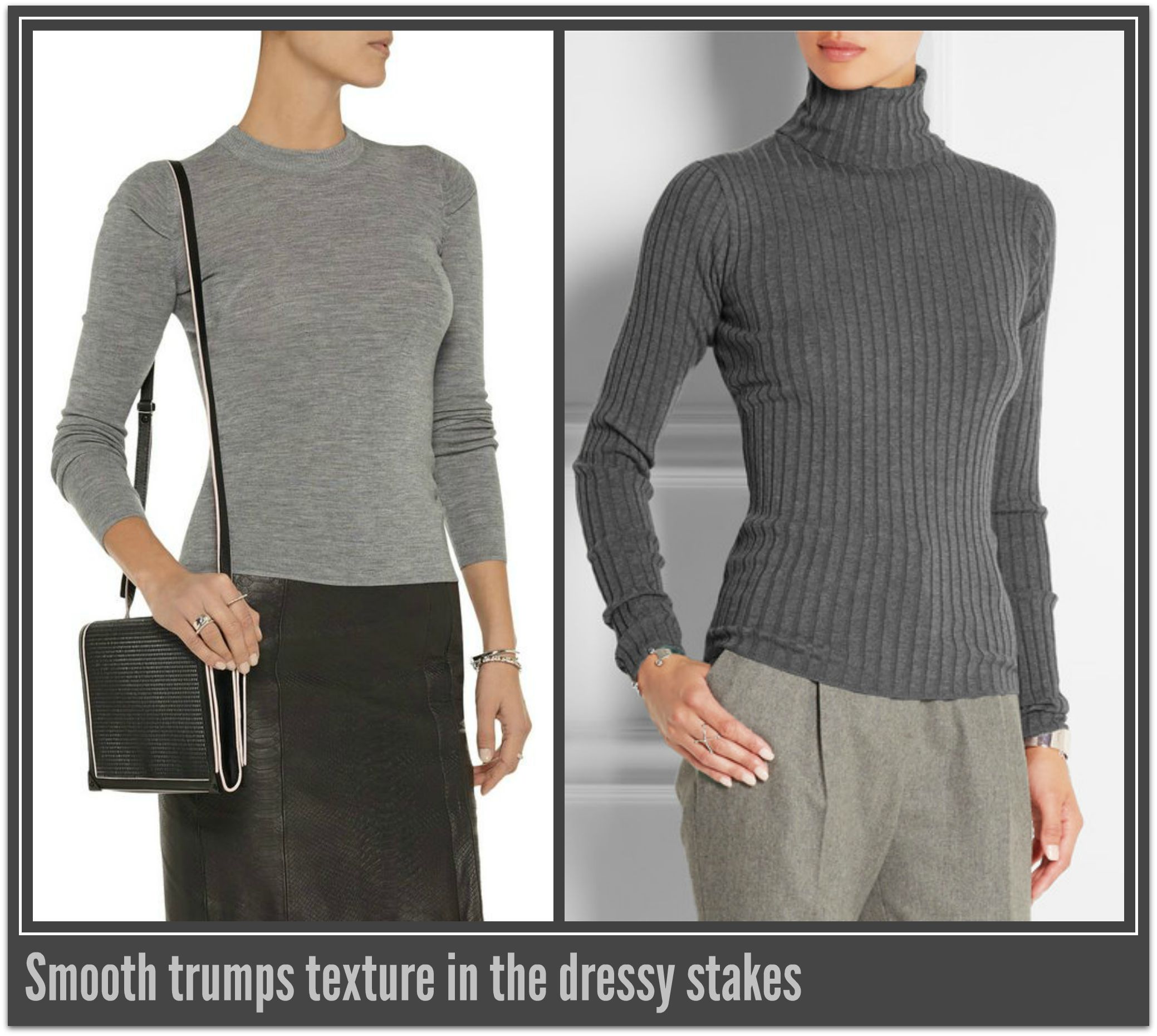
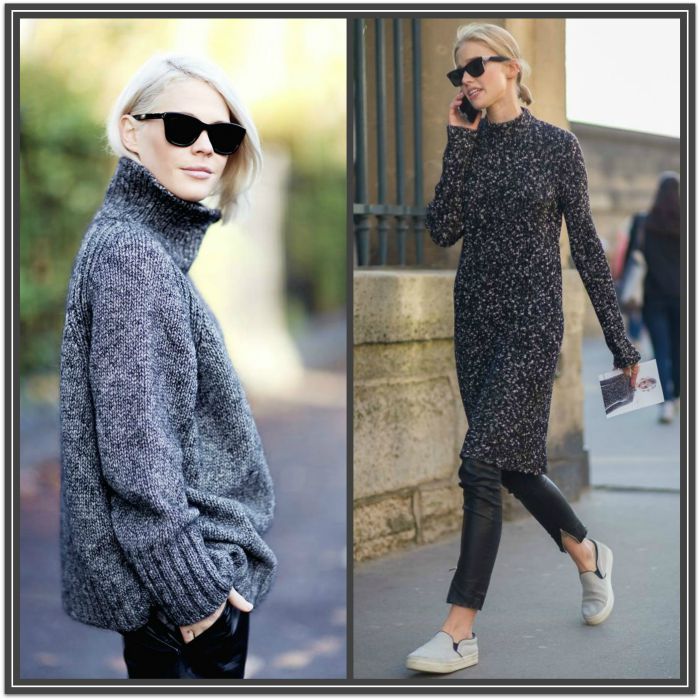
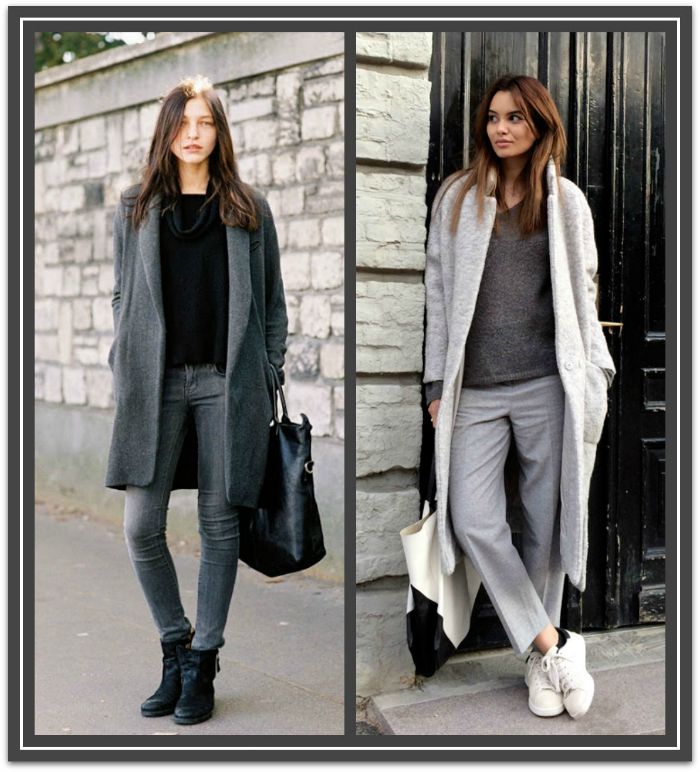
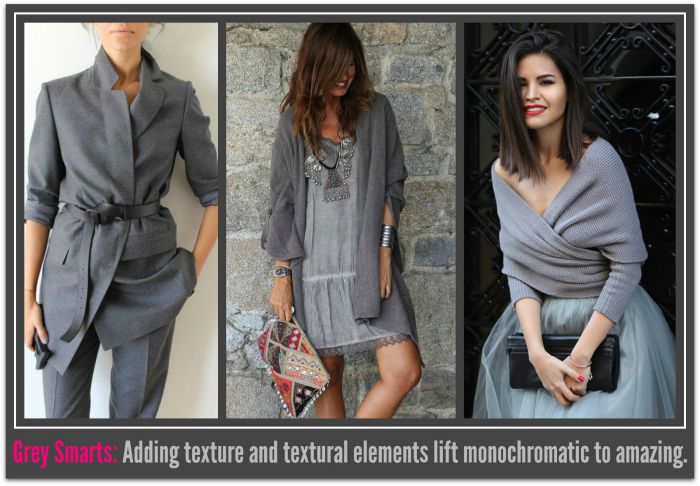
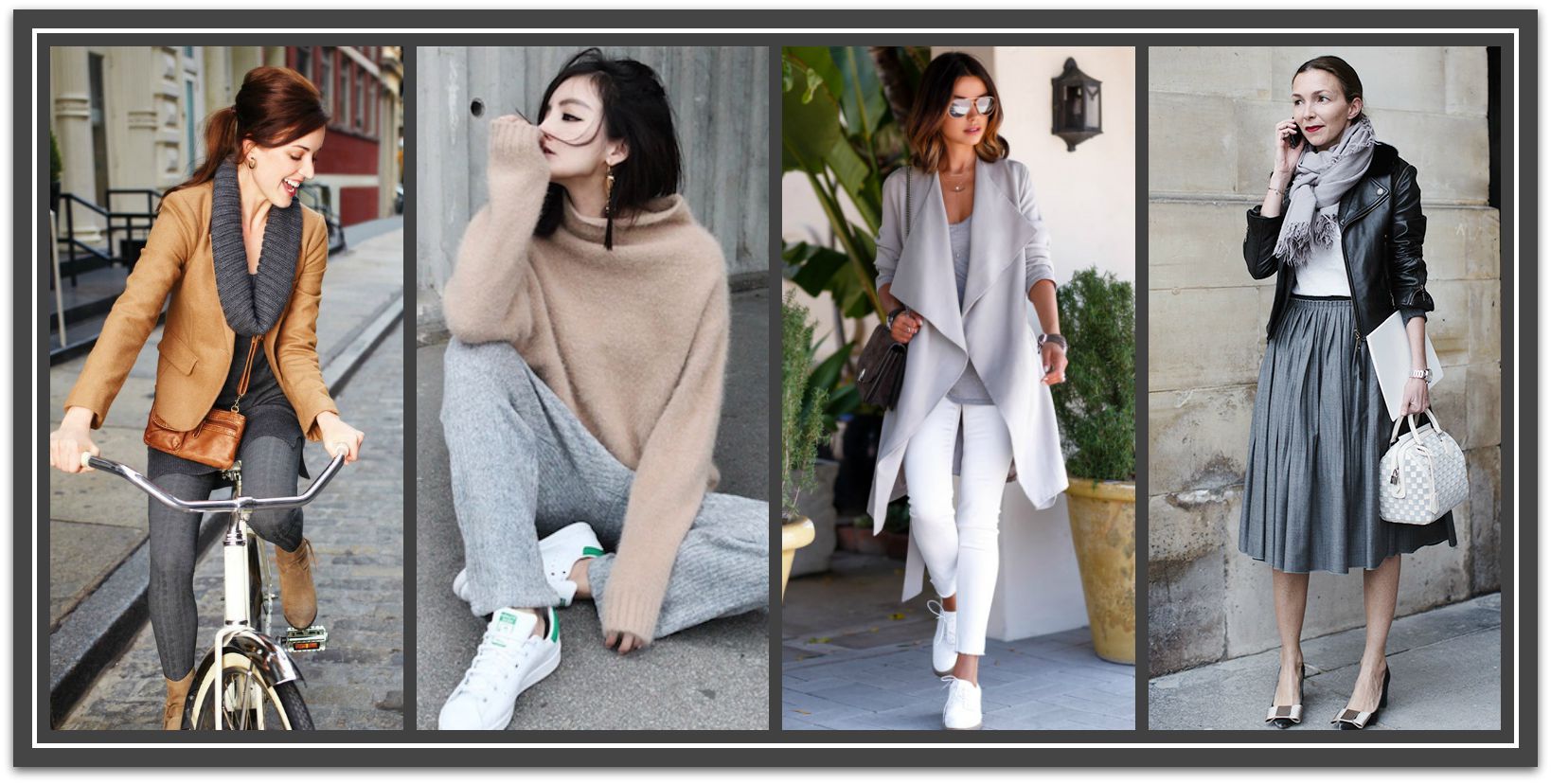

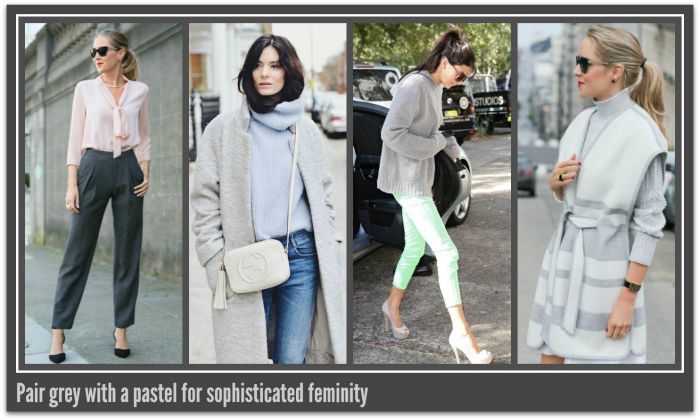
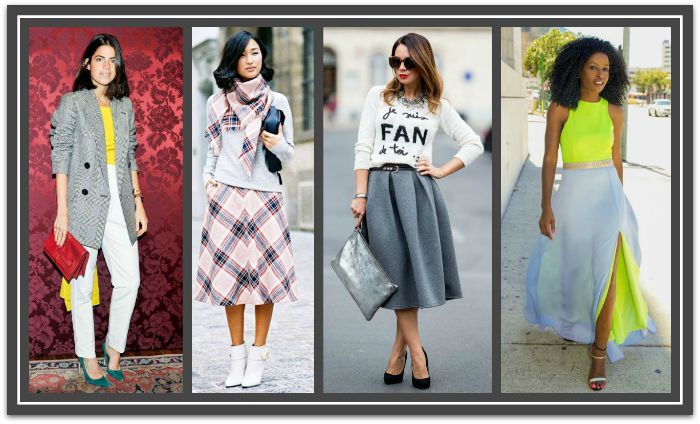
Recent Comments